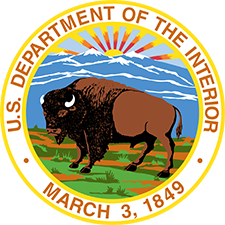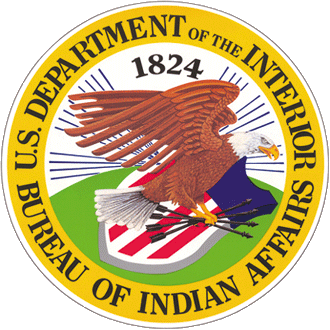Answer
No. American Indians and Alaska Natives come from a multitude of different cultures with diverse languages, and for thousands of years used oral tradition to pass down familial and cultural information among generations of tribal members. Some tribes, even if widely scattered, belong to the same linguistic families. Common means of communicating between tribes allowed trade routes and political alliances to flourish. As contact between Indians and non-Indians grew, so did the necessity of learning of new languages. Even into the 20th century, many American Indians and Alaska Natives were bi- or multilingual from learning to speak their own language and English, French, Russian, or Spanish, or even another tribal language.
It has been reported that at the end of the 15th century over 300 American Indian and Alaska Native languages were spoken. Today, fewer than 200 tribal languages are still viable, with some having been translated into written form. English, however, has become the predominant language in the home, school, and workplace. Those tribes who can still do so are working to preserve their languages and create new speakers from among their tribal populations.


